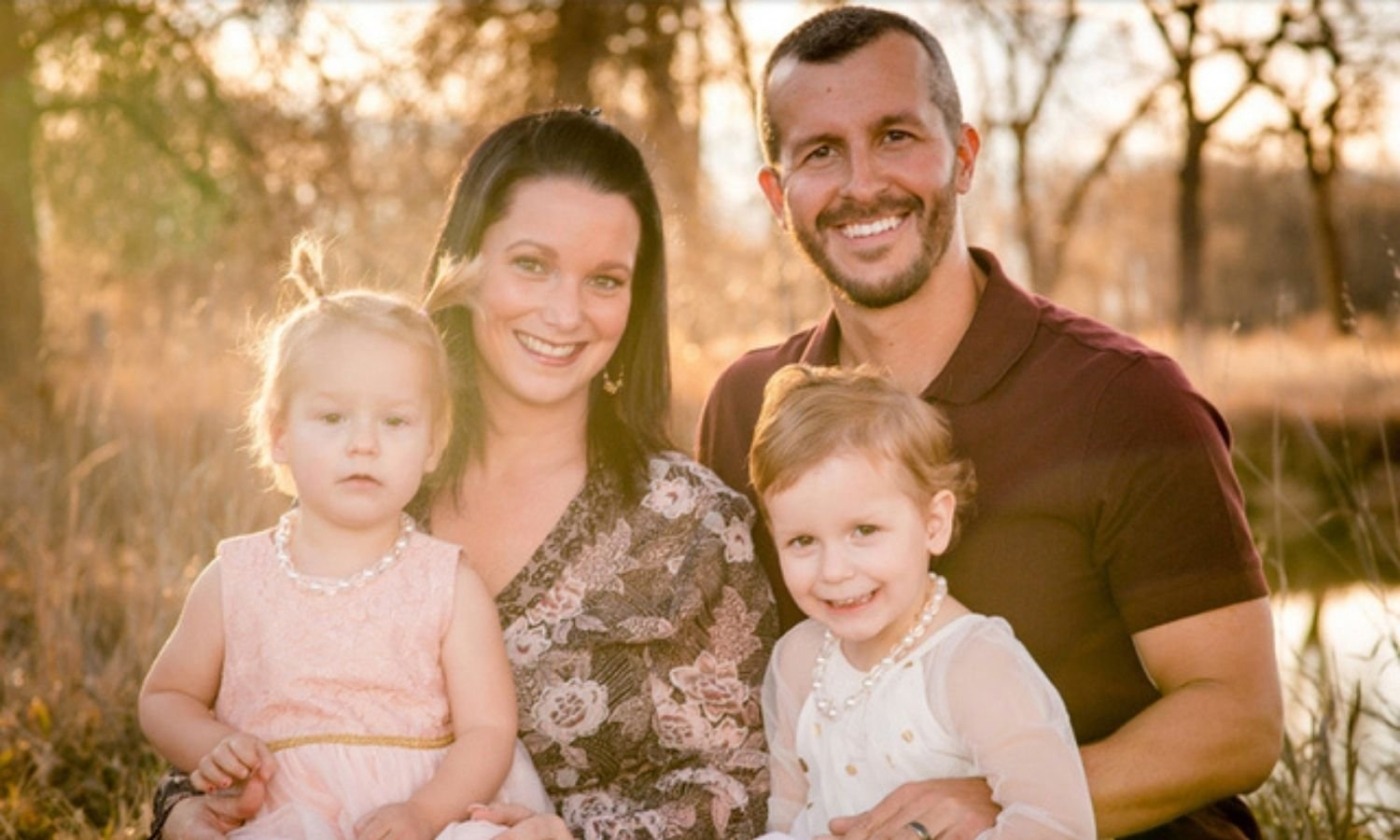‘American Murder: The Family Next Door’ shows you really have no idea who people are
Sitting with my new housemates in our living room after just finishing a rewatch of Sex Education, I turned to the Netflix home page in search of something to have on ‘in the background’ for the remainder of the evening. American Murder: The Family Next Door was number one on the most popular list and I figured a documentary was perfect to whack on. Cut to an hour later and we are sat in absolute silence, all of our eyes are glued to the screen, with our jaws on the floor. Not the casual viewing experience I had in mind.
I went into this documentary completely blind; I had not heard anything of the story before or if I had then none of it had stuck in my memory. I couldn’t possibly forget it now. It follows the story of Shanann Watts and her two little girls who disappeared in 2018 leaving Chris, her husband, alone making public appeals for them to return. Not knowing from the beginning that (spoiler warning! – if you can ‘spoil’ real life) it was Chris who had committed the crime made for a very interesting watch. There were several times where I doubted if he was guilty, I hadn’t truly convinced myself that he was until he went to do the lie detector test and it was blatantly obvious that this guy had something to hide. From that moment until the end credits I sat in complete shock.
I cannot remember a single documentary I have watched that employed this format as effectively as this one
What made this documentary so gripping to watch for me was the fact that it was comprised entirely of real footage. Police vest cameras, CCTV and news recordings were combined with visualisations of text messages to tell the story. I cannot remember a single documentary I have watched that employed this format as effectively as this one. The use of this technique made the documentary feel more real and avoided the awkward post-event interviews in which those involved recount their experiences. Instead, we are able to watch as the story unfolds as if we had been following the news from the day the girls disappeared.
An incredibly interesting element of the documentary was the use of real uploaded footage from Shanann’s Facebook page. She was always very open about her family’s whereabouts and what they were all up to, excitedly sharing her stories and life with her followers and friends. The use of social media introduced what I took to be a significant underlying message: things are not always as they seem. The juxtaposition of the Facebook videos and the text messages to friends of what was really going on created a stark contrast of appearance versus reality. This particularly struck me when the family were on holiday and Chris flew out late to join them. Texts to her friend saw Shanann rambling angrily about the lack of attention or acknowledgement from Chris since he had arrived whilst the social media posts uploaded on the same day saw them posed in selfies and videos together. Shanann’s entire Facebook page presents them, as the title suggests, as ‘the family next door.’ It is a shocking insight into the reality of how easy it is to use social media as a means of lying to yourself, and others, about how bad your reality actually is.
To go from the happy family at the beach to a father who murdered his wife and two kids is terrifying and striking and exaggerated exactly what I took away from his documentary: you really have no idea who people are. You could have passed this seemingly happy family in the street or seen a post of them on social media only to read the news the next day to have your entire perception destroyed. The monstrous murders leave every viewer wondering, with no satisfactory answer, how could someone be so evil?

Comments